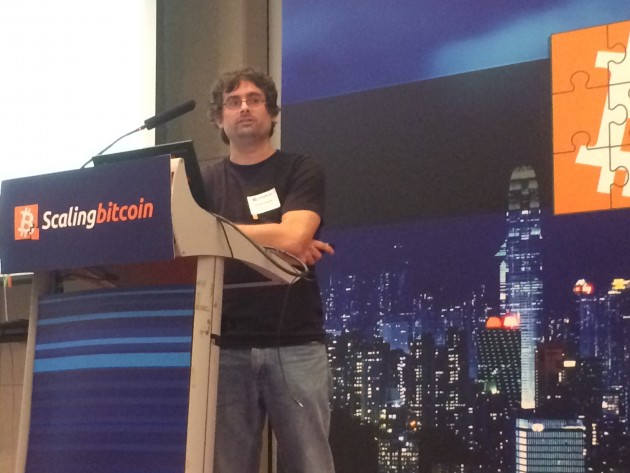Bitcoin has had a turbulent and fascinating rise to fame over the last few years. News stories of drug dealers, scams, charity funding, and possibilities for the Blockchain in financial technology have flooded our news feeds.
Amidst all of it we forget that underneath all of it there’s a protocol with limitations that become more serious problems as more users and transactions begin to impede the speed of the network. The theoretical speed of Bitcoin’s networks is about seven transactions per second depending on the network and the transaction volume.
Every ten minutes a “block” of bitcoin is mined and this block is written into the worldwide ledger known as the Blockchain. Each block is about 1MB large and can only fit so much data into it while still maintaining the parameters of the bitcoin protocol.
This limits the number of transactions per second and it is a long known problem discussed by Satoshi in the early days of bitcoin. Since then a cold war of debate has been raging quietly in the bitcoin community. Other large processors for legacy payment methods can at this time work with thousands of transactions per second. Bitcoin cannot compete with this and it has in some fashion slowed the adoption.
A prime example is the popular investment company known as Fidelity that has had strong interest in using Bitcoin. Their transaction volume would literally fill and hinder the bitcoin network by maxing the transaction speed limit. If various other high volume firms took to the blockchain in it’s current form this would be difficult to manage. This has been labeled the, “Fidelity Problem” by Jeff Garzik.
There have been various proposals for approaches to change the size of the blocks, but doing so can change how the network functions. If this change is not done correctly, it can split Bitcoin into different networks as miners would potentially stay on older versions of Bitcoin for financial or philosophical reasons. Some proposed projects wouldn’t work on other versions of the proposals and this pending change has been approached with great caution.
The overall goal is to increase the transaction volume without hurting the bitcoin digital ecosystem.
This week at the Scaling Bitcoin workshop a new proposal was introduced by Pieter Wuille co-founder of Blockstream. His new proposal was a new way of handling transactions to solve some minor issues with the process of transactions. This was introduced as Segregated Witness.
Segregated Witness will greatly reduce the amount of data in each block by splitting the data included with each bitcoin network transaction known as signatures. Each bitcoin transaction has a signature associated with it that isn’t necessary for every transaction by every user. SW would separate them which reduces the amount of data needed for each transaction and thus opens more space on each block. This can increase the transactions per second and be a successful boon to bitcoin.
This would be known as a soft fork and would be easier to implement on a large scale than other options on the table. This proposal has not been fully understood or interpreted yet and the community is still evaluating it. The reception has been positive so far.
Bitcoin’s block size undoubtedly needs to be change to become the financial juggernaut it has the potential to be. Over the coming weeks the world will see if this is a possible implementation to solve one of the growing pains of bitcoin.
- The technical details can be found here.
- You can read more about SW here.
- Here is the video presentation as well.
Crypto Paradyme is a bitcoin consultant and writes for Coinivore. Follow him on Twitter.

